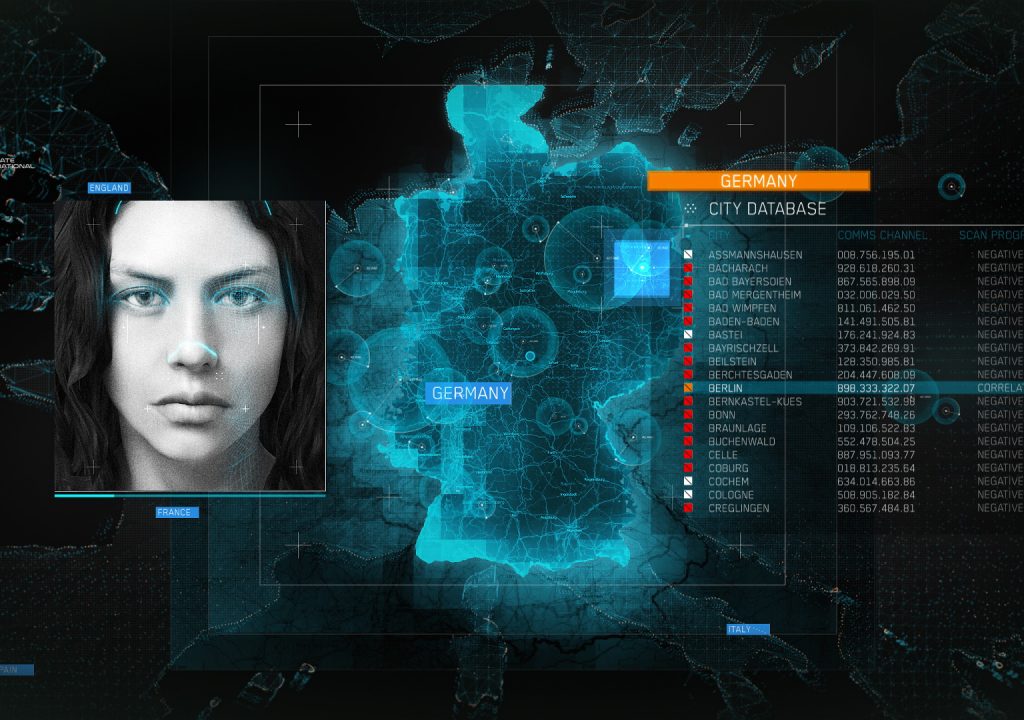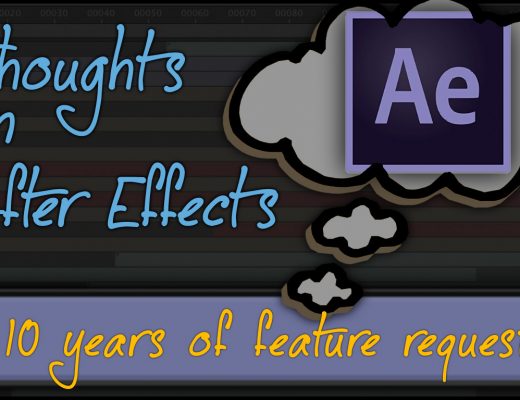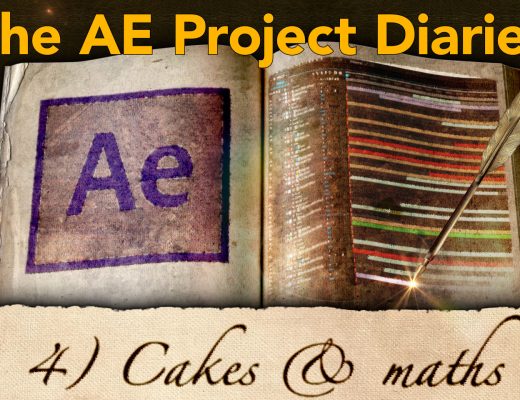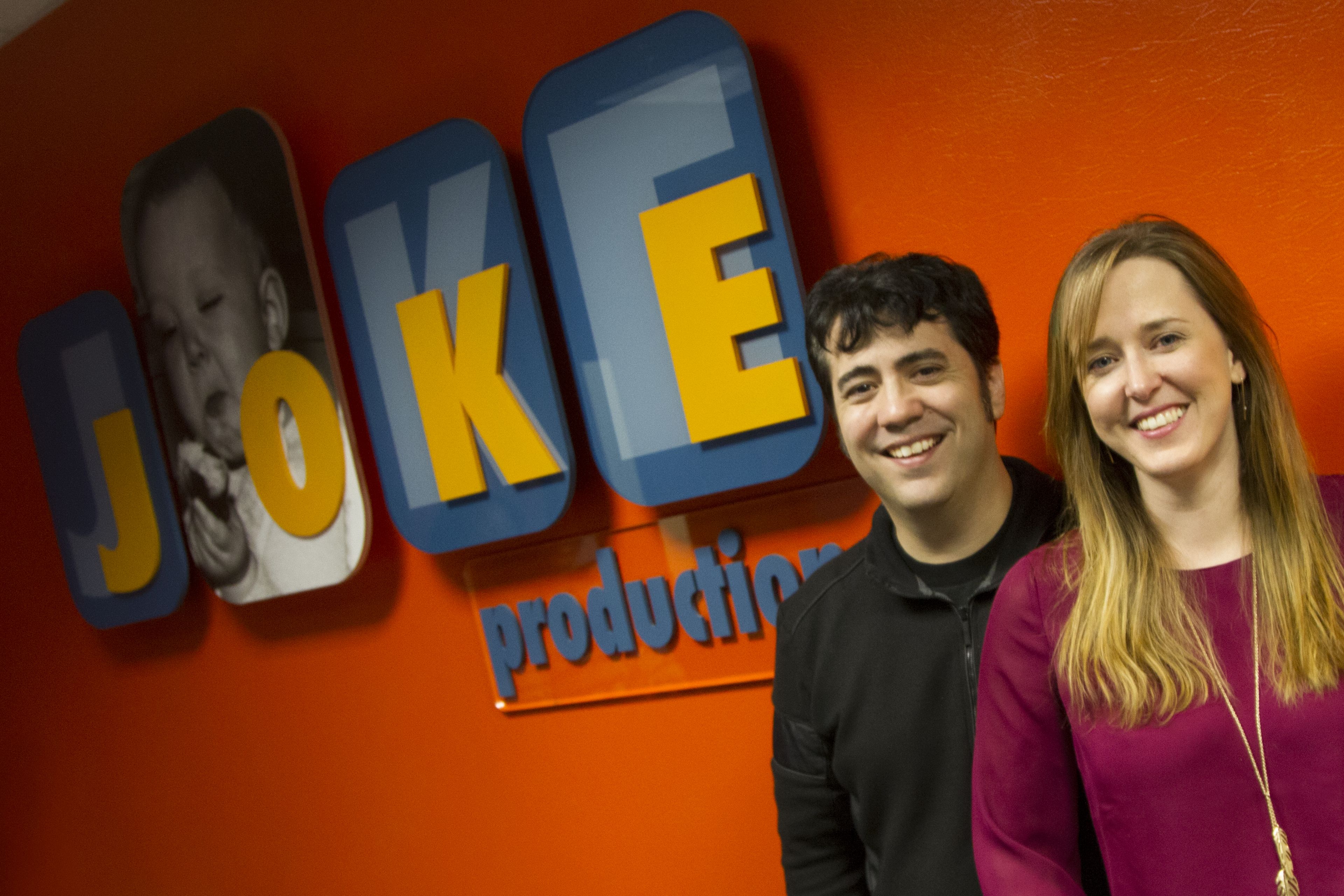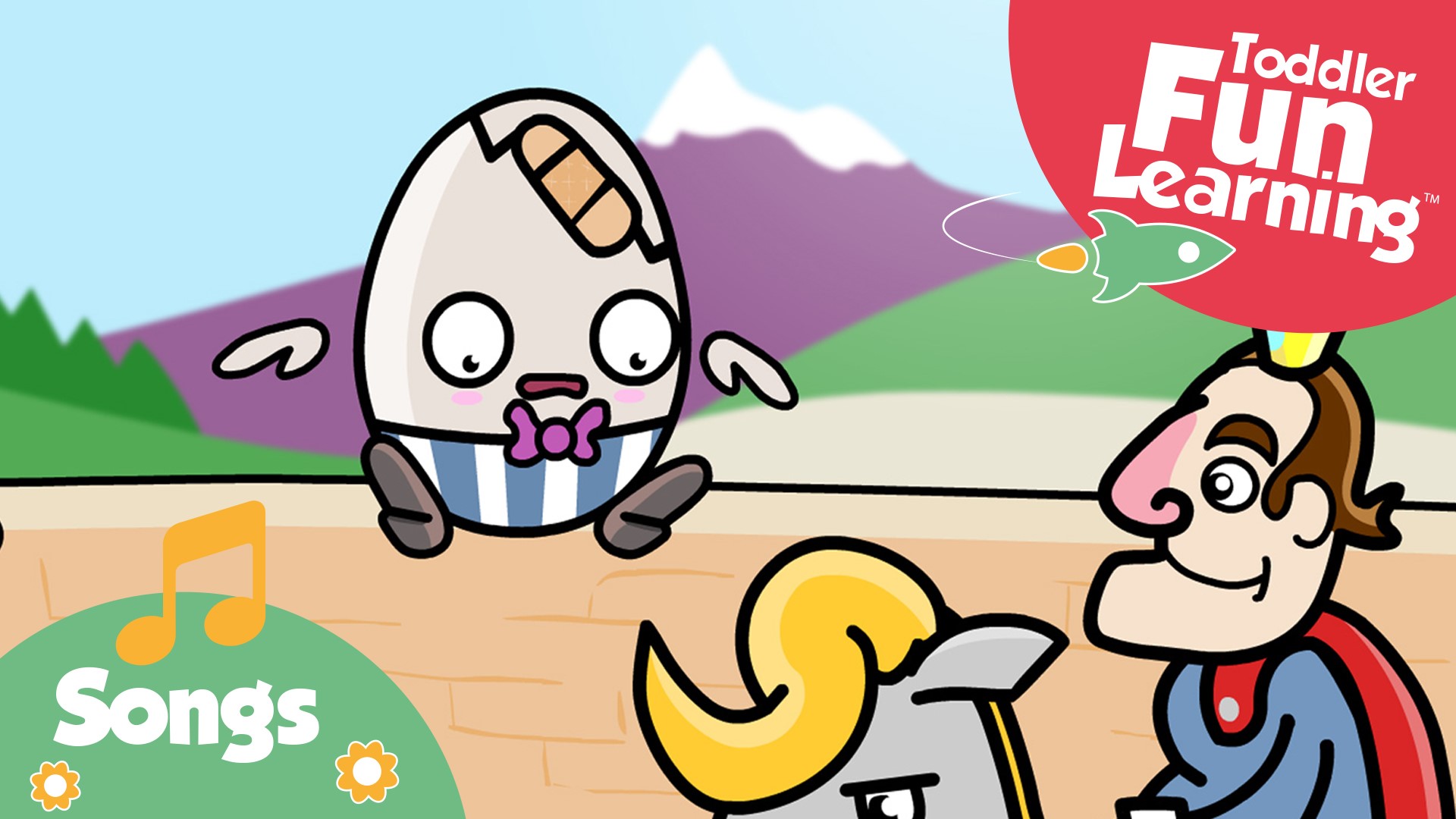Territory Studio enjoys its reputation for being able to handle nearly any project that comes its way. With expertise in branding, motion, and digital, the studio works on a range of projects including feature films, brand work, and popular video games. After completing graphic and screen design for Marvel’s Guardians of the Galaxy and Avengers: Age of Ultron, Territory worked on Hitman: Agent 47, applying its design expertise across screen graphics and UI, VFX, logo, and titles. David Sheldon-Hicks, Creative Director and Co-Founder of Territory, appreciates being able to work with a talented team that regularly pushes the limits of creativity with help from Adobe Creative Cloud.
Territory Studio enjoys its reputation for being able to handle nearly any project that comes its way. With expertise in branding, motion, and digital, the studio works on a range of projects including feature films, brand work, and popular video games. After completing graphic and screen design for Marvel’s Guardians of the Galaxy and Avengers: Age of Ultron, Territory worked on Hitman: Agent 47, applying its design expertise across screen graphics and UI, VFX, logo, and titles. David Sheldon-Hicks, Creative Director and Co-Founder of Territory, appreciates being able to work with a talented team that regularly pushes the limits of creativity with help from Adobe Creative Cloud.

Adobe: How did Territory Studio get started?
Sheldon-Hicks: After getting my start doing computer screen graphics for Casino Royale and The Dark Knight, I met my two business partners, Lee and Nick. We decided that instead of working for other companies, we wanted to form our own studio. We pitched Electronic Arts for a project producing the opening 90-second cinematic for the game Medal of Honor, won the job, and got our first monetary investment.
We worked on video games and brand work for about a year, then one day we got a call from the art department working on Prometheus. Ridley Scott was doing a prequel to Alien and wanted us to be involved in the screen graphics for the film. It was obviously an amazing opportunity. As graphic designers we were huge fans of the title sequence and graphics in Alien. That project lasted a year and was a turning point for us in terms of producing on-set screen graphics, often with a 3D or holographic feel, and user interfaces for big name directors and films.

Adobe: Tell us about your toolset.
Sheldon-Hicks: The backbone of the work we do is with Creative Cloud. We’re all designers, and Adobe apps are the first tools you learn as a designer, then you augment with everything else. We work with CINEMA 4D for our 3D pipeline and have one license of Nuke, but we’ve found that we can do almost all of our compositing in Adobe After Effects CC.
The tight integration between CINEMA 4D and After Effects lets our team experiment more, and with the perfectly exported cameras and lights, we can do more without going back to the main 3D app. For example, we can swap backgrounds easily, test ideas out quicker, and with 3D alignment we can position our graphic elements perfectly.
For editing we were using both Adobe Premiere Pro CC and Final Cut Pro, but now we’re primarily using Premiere Pro and occasionally Avid if that’s what our clients want. Not having to transcode footage in Premiere Pro makes for quick work when we’re putting together rip-o-matics that use lots of different sources, or when we bringing in rushes from a camera card need to turn things around quickly.
One of the main workflow improvements of upgrading to Creative Cloud is how fast we can now import vectors and get them prepped for animation. The vector to shape layer option has saved us lots of time where previously we would painstakingly re-draw the Illustrator files as shape layers.
Adobe: How did you get involved in the Hitman: Agent 47 project?
Sheldon-Hicks: Charlie Woods, the production designer we worked with on both Marvel Studio films, Guardians of the Galaxy and Avengers: Age of Ultron, recommended us to the producer who was looking for a team to take on screen graphics in post. We met with the editing team in London and really hit it off, especially with the Editor Nicolas de Toth.
Nick and his team were trying to solve a number of narrative challenges with the story, and needed help adding some graphics and user interface elements to support parts of the story that weren’t coming across in dialog or action sequences. We helped them figured out some of the narrative points and pull together some sequences.

Adobe: How did your role on the film evolve?
Sheldon-Hicks: When Nick realized how well we worked together building a narrative, he asked for help on the title sequence. We suggested including some backstory to give texture and history to the film before launching into the main action. Nick created an idea and we worked it up as an animatic with live action and a design treatment that included beautiful typography, creative compositing, and grading done in After Effects.
After a successful test screening, Nick got the green light to direct a second unit shoot. It was stunning, very filmic, moody, and impressionistic without giving away too much. We did all of the graphic design and integrated it into the title sequence.
Adobe: Did you help solve any other challenges on the film?
Sheldon-Hicks: During many scenes in the movie [SPOILER] the viewer sees what’s happening through the agents’ eyes. We needed a creative treatment on that footage to make it obvious to the audience that the viewpoint had changed. We used After Effects and various blurs to generate a particular look that was applied across over 40 shots. This project was great for us because we touched more elements than in any other film we’ve worked on. We were close to the storytelling and the people running the project and defining the narrative. We had a great time and want to find more projects like this one in the future.

Adobe: What other projects have you really enjoyed working on?
Sheldon-Hicks: We worked on The Martian with Ridley Scott. The film features a lot of highly detailed and story driven screen graphics and we worked very closely with NASA to get accurate information for all the screens. Ridley is the first director we worked with and his creative direction of our work was formative in shaping our own approach. He’s an inspiration to us because he really values the role that screen graphics can play as strong narrative devices and we’re incredibly thrilled to be working with him a second time.
For Guardians of the Galaxy we got a lot of inspiration from the creatives on the film set, including costume design, set decoration, and concept art. We created styleframe iterations in Photoshop and Illustrator, shared graphics using Creative Cloud Libraries to make sure they were consistent across multiple screens, and collected the typography to design the overall language. Next, we animated in After Effects, comped everything, and then moved between After Effects and CINEMA 4D to keep a quick, tight workflow so we could deliver the graphics in front of the actors and directors.

The graphics for Avengers: Age of Ultron were based around director Joss Whedon’s vision for a grittier, more human story, so our concepts were based on the characters lives and interests, as well as on their superhero efforts and collaborations. It needed to feel grittier than the original Avengers so we looked at real-world references and merged them with the Marvel comic book-based design work. We varied the color palette when we designed the screens for the different characters to give each of them their own look.
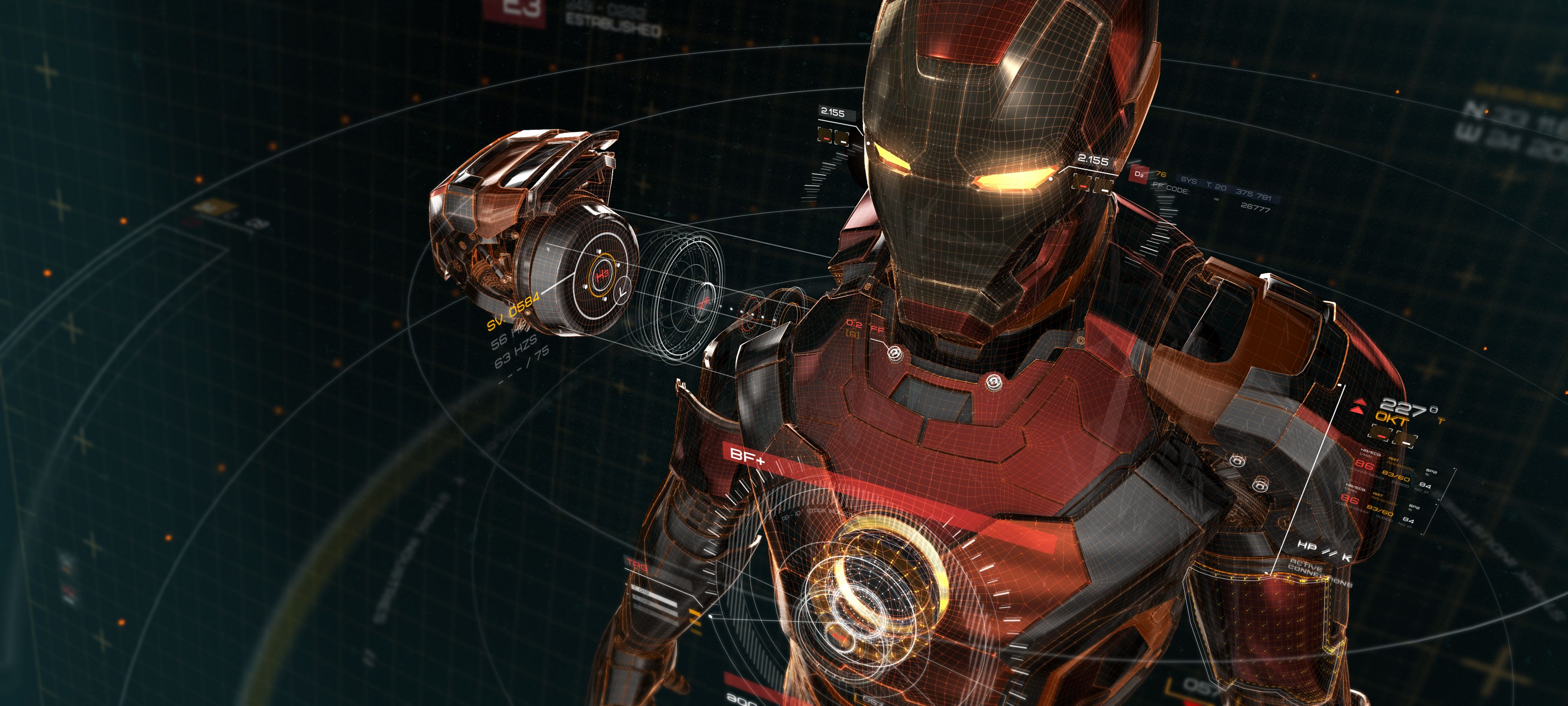
Adobe: What skills do you look for when hiring new motion designers?
Sheldon-Hicks: Our motion designers need to know Adobe Illustrator CC, Photoshop CC, and After Effects CC and they need to be able to design and art direct. Ideally, they will have a secondary skill, such as photography, stop-frame animation, sculpture, or drawing and illustration that they bring to the mix. Everyone on our team knows how to design and choreograph movement and how to create emotional connections that tell a story.
Adobe: What other apps do you use in Creative Cloud?
Sheldon-Hicks: We use Adobe Acrobat for all of our mood boards, presenting initial ideas to game companies or film directors, and creating style frames, storyboards, and presentations. It is probably our most used piece of software! I’m looking forward to working with Adobe Character Animator. It’s really clever, especially for getting ideas across to clients quickly. We’ve also seen some of the mobile apps and Adobe Photoshop Sketch and Adobe Brush CC look really interesting and I’m sure we’ll be using those in the future.
Adobe: How does Creative Cloud for teams benefit your studio?
Sheldon-Hicks: Creative Cloud for teams is an essential offering because we spend less time assigning software when new team members join us and we don’t have to worry about assigning licenses on an individual basis. It is pain free, adaptable, and always up to date so our teams can collaborate and expand as needed, without the software being a barrier. We can also figure Creative Cloud for teams into our yearly spend more effectively and strategically plan against our ambitions for the studio.
Adobe: How has your film work influenced work with other clients?
Sheldon-Hicks: The computer game manufacturers we work with see what we we’re doing in film and want similar effects incorporated into their games. Similarly, the work we do producing high-quality digital experiences and telling stories in interesting ways in films is very relevant to brands such as technology companies and automotive manufacturers. As a result, we’ve expanded the services our studio offers to include product design and service design from a brand experience perspective.
From Graffiti to Motion: UI Design for The Big Screen
UI Design and Animation for Avengers: Age of Ultron and Agent 47
Learn more about Adobe Creative Cloud

Filmtools
Filmmakers go-to destination for pre-production, production & post production equipment!
Shop Now